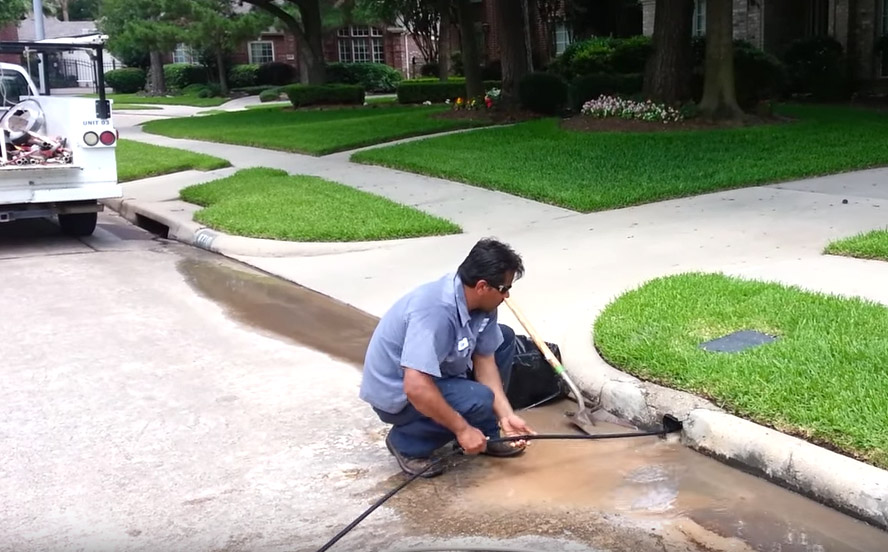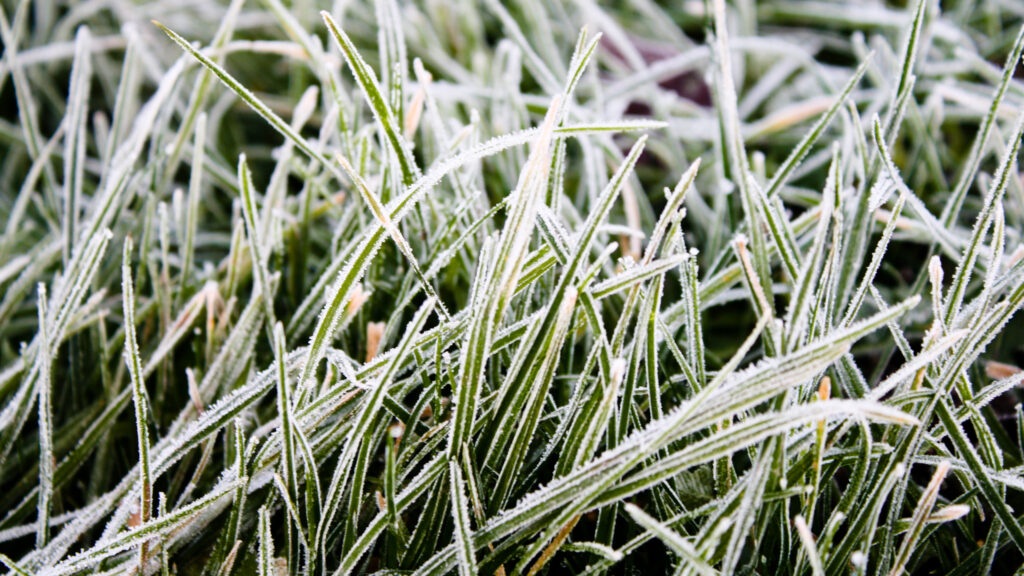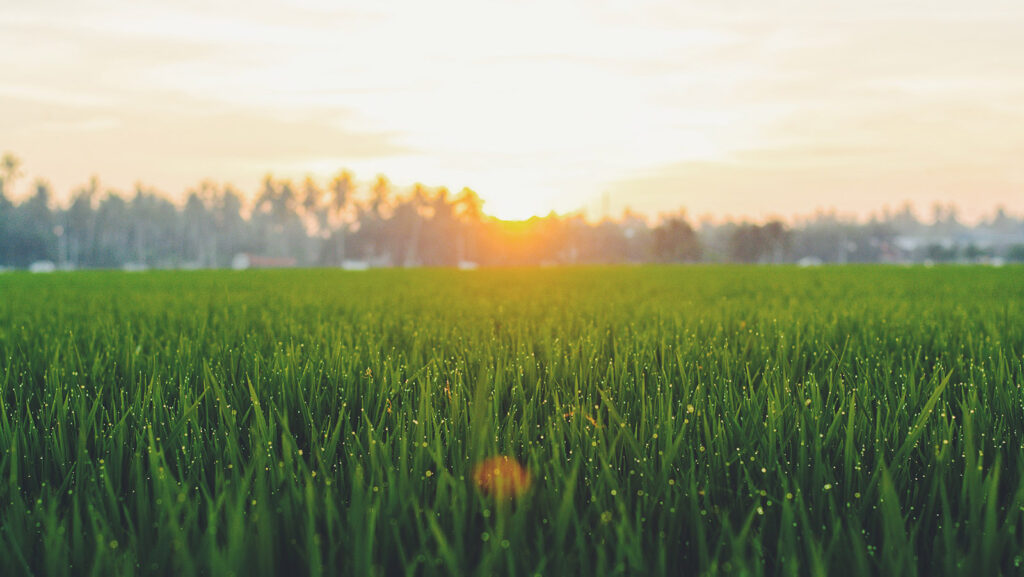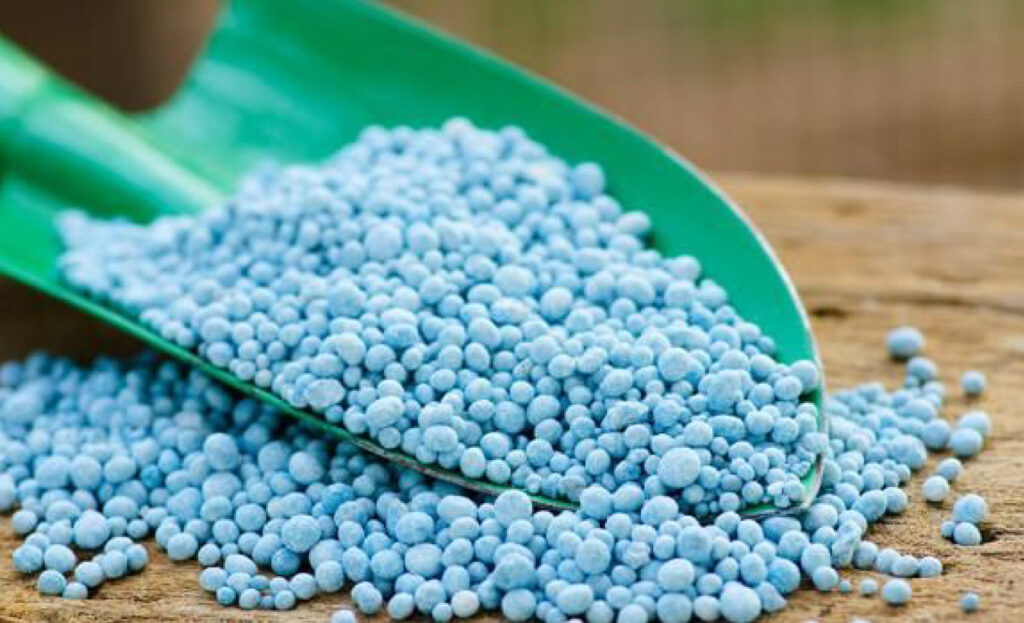It’s Not Too Early to Prep for Spring Drainage…Prevent Future Flood Damage

Before preparing your landscape for hibernation this winter, take a look at your lawn and landscape drainage. Installing or repairing the landscape drainage will prevent any potential problems with flooding or excessive water when spring rolls around. Here are four drainage issues to look out for:
Evaluate your yard
First things first, you will need to evaluate your yard. See what shape your drainage system (or lack of) is currently in. Look for low spots or downspouts without proper drainage. Have you had any problems in the past with flooding, poor drainage, standing water, areas that never dry up?
Downspout water
For many residential and commercial sites, the building’s downspout is where most of the water will flow. Without the proper drainage, this could damage the foundation or landscape nearby.
Catch basins will collect any debris that comes down the downspout, preventing any potential clog in the pipe below the landscape’s surface that moves the water away from the site.
Planter area flooding
In flowerbeds or other planter areas, mulch will help keep soil in place and soak up some of the excess water and prevent plants from drowning. If mulch isn’t enough to drain a planter area, you can also install a catch basin with an atrium grate to remove water from the area and catch debris before entering the pipe.
Landscape or hardscape flooding
Rain can cause puddles in landscapes and hardscape areas. To avoid this, install a channel drain or catch basin. Channel drains can be used in hardscape areas to collect water that flows over patios or walkways. While catch basins throughout landscapes will give excess water somewhere to go, preventing soggy damaged lawns.
It may not seem critical to think about drainage now, but preparing ahead of time can help prevent future damage to your landscapes For more information on drainage solutions and drain cleaning, don’t hesitate to call JB Irrigation for a professional evaluation for your property.
Related Articles
Do You Have Slow Or Clogged Yard Drains? Here’s How To Fix Them.
Yard drains and driveway drains help remove rainwater from your property into the storm sewer or other…
Sprinkler Freeze Alert For The Houston Area
The temperature is expected to plunge in the Houston area for most of this week. Starting on…
High Temperatures Expect Throughout The Week – It’s Time To Service Your Sprinkler System
The Houston area is expecting temperatures to rise to the mid-nineties throughout the week. Hight heat can…
How to Prevent Fertilizer Burn During the Summer
During the warm summer months, everyone wants to enjoy their lawns. Unfortunately, the summer heat can also…




